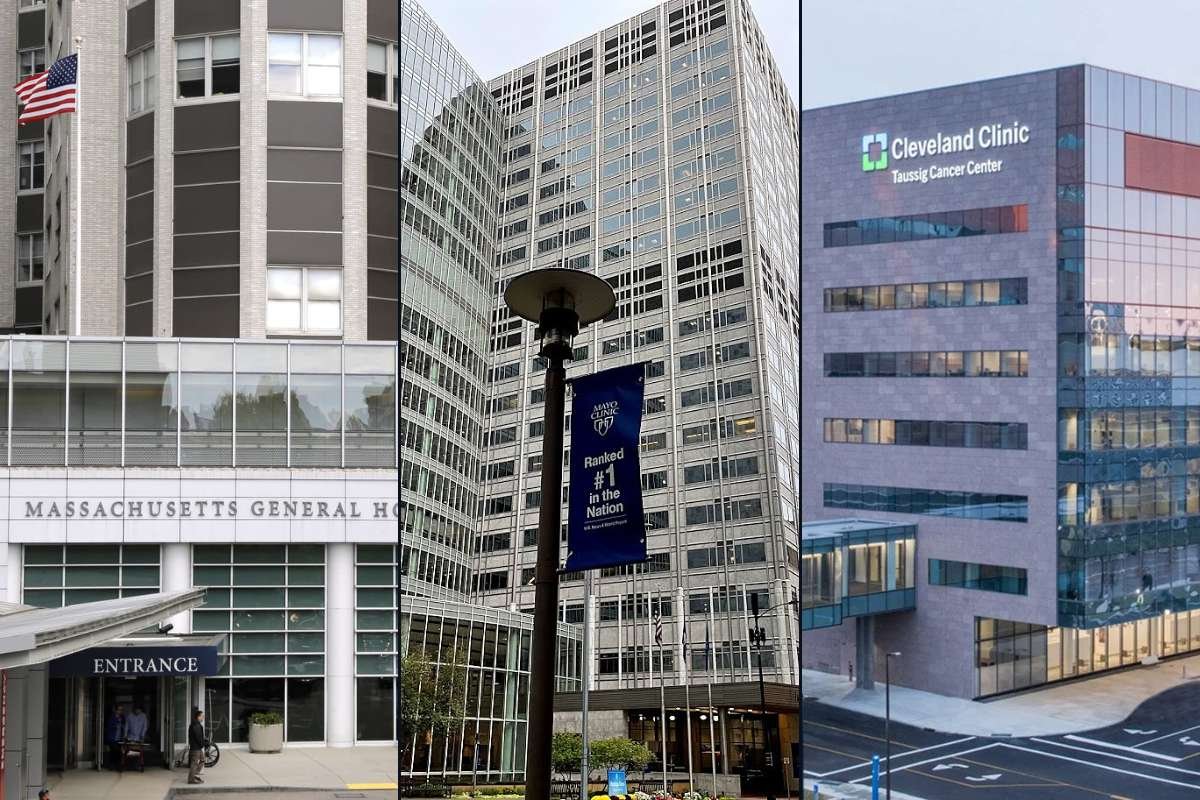Imagine a world where damaged tissues not only heal but truly regenerate, regaining their original function and youthful vibrancy. This isn’t the realm of science fiction; it’s the burgeoning field of regenerative medicine, a branch of medicine focused on using our own biological potential to repair and replace damaged or diseased tissues and organs. From regrowing skin after burns to reconstructing bones shattered in accidents, this field holds immense promise for revolutionizing healthcare and treating conditions once considered incurable.
A Symphony of Healing: Examples of Regeneration in Medicine
Picture a world where the orchestra of cells conducts its own repair, not with bandages and sutures, but with the magic of regeneration. This isn’t a fantastical concerto; it’s the vibrant reality of regenerative medicine, where damaged tissues not only mend but regain their youthful melody. From skin dancing back to life after burns to bones waltzing in harmony after fractures, the examples of this medical revolution are as diverse as the instruments in a grand symphonic score. So, grab your metaphorical scorecards and prepare to be dazzled by the healing harmony of regenerative medicine!
The potential of regenerative medicine isn’t just theoretical; it’s already yielding promising results in various forms:
1. Skin Grafts

For burn victims, the ability to regrow new skin is a life-changing advancement. Cultivated from the patient’s own cells, these grafts heal wounds swiftly and minimize scarring, restoring both function and appearance.
2. Cartilage Repair
Athletes and active individuals often suffer from cartilage damage in joints like knees and shoulders. Regenerative medicine techniques using stem cells or chondrocytes (cartilage cells) can stimulate the growth of new cartilage, alleviating pain and restoring mobility.
3. Corneal Regeneration
Damaged corneas can lead to sight loss, but techniques using limbal stem cells are offering hope. By transplanting these specialized cells, physicians can promote the growth of new corneal tissue, potentially restoring vision in patients with conditions like blindness due to corneal scars.
4. Organ Regeneration
While still in its early stages, research into organ regeneration holds immense promise. Scientists are investigating the potential of bioprinting tissues and organs using stem cells, potentially offering solutions for patients suffering from organ failure or awaiting transplants.
Reality Check: Does Regenerative Medicine Truly Work?

While the successes are captivating, it’s important to maintain a cautious optimism. Regenerative medicine is still in its infancy, and many challenges remain. The effectiveness of different techniques varies, and long-term outcomes are still being studied. Factors like the type of tissue, the extent of damage, and the individual’s healing potential all play a role in determining success.
It’s tempting to get swept away by the breathtaking potential of regenerative medicine, like a siren song on the high seas of hope. But holding onto a life vest of realism is crucial. This field, though burgeoning, is still a fledgling in the medical landscape. Different treatment melodies play with varying effectiveness, and the long-term symphony of outcomes remains far from fully composed. The “tissue type” acts as the lead instrument, influencing the success, while the “damage solo” can drown out the therapeutic harmony.
And don’t forget the conductor – the individual’s own healing potential. It’s a complex score, one we’re still learning to read. While successes like skin’s regenerative sonata or cartilage’s rhythmic regrowth offer captivating crescendos, we must acknowledge the uncertain tempos and potential dissonances that still linger. So, let’s approach regenerative medicine with cautious optimism, embracing its potential while acknowledging the challenges, for only with clear-eyed realism can we truly dance to the rhythm of this medical revolution.
The Thorns in the Rose: Challenges facing Regenerative Medicine
Despite its dazzling potential, several hurdles hinder the widespread adoption of regenerative medicine:
1. Ethical considerations
The use of stem cells, particularly embryonic stem cells, raises ethical concerns. Additionally, research and development for these therapies can be expensive, raising questions about accessibility and affordability.
2. Technical limitations
Growing tissues and organs in the lab remains a complex challenge, and ensuring their function and integration into the body is a delicate process.
3. Regulatory hurdles
The regulatory landscape for regenerative medicine is still evolving, requiring stringent safety and efficacy testing before therapies can be widely used.
Whispers of Hope: The Future of Regenerative Medicine

Despite the challenges, the field of regenerative medicine holds immense promise for the future of healthcare. Advances in stem cell research, bioprinting technology, and gene editing techniques are constantly refining and expanding the potential of this field. Ongoing clinical trials are providing valuable data on the safety and efficacy of various therapies, paving the way for their broader application.
Success Rates: A Glimmer of Optimism
While it’s difficult to provide a single “success rate” for regenerative medicine due to the diverse therapies and individual factors involved, there are encouraging signs. For example, skin graft surgeries using cultured epithelial cells boast success rates exceeding 90% in certain scenarios. Similarly, cartilage repair procedures using stem cells have shown 60-70% improvement in pain and function in patients with knee cartilage damage. While these figures highlight the potential of regenerative medicine, it’s crucial to remember that they can vary and may not be directly translatable to other applications.
Ultimately, the success of regenerative medicine lies in our continued dedication to research, innovation, and ethical responsibility. By overcoming the challenges and nurturing the promises of this field, we can unlock a future where damaged tissues become canvases for regeneration, and the human body rediscovers its innate capacity for healing and renewal.







